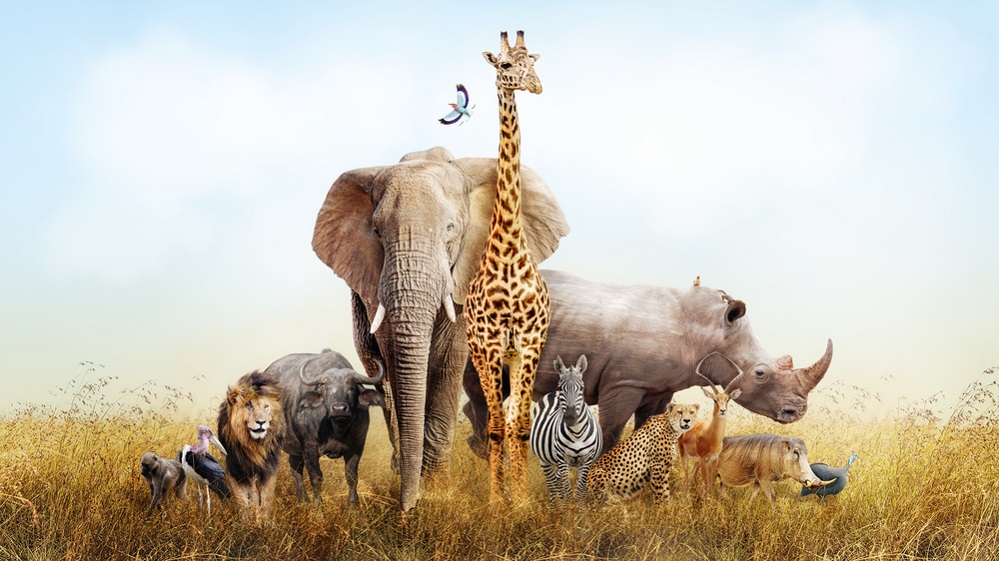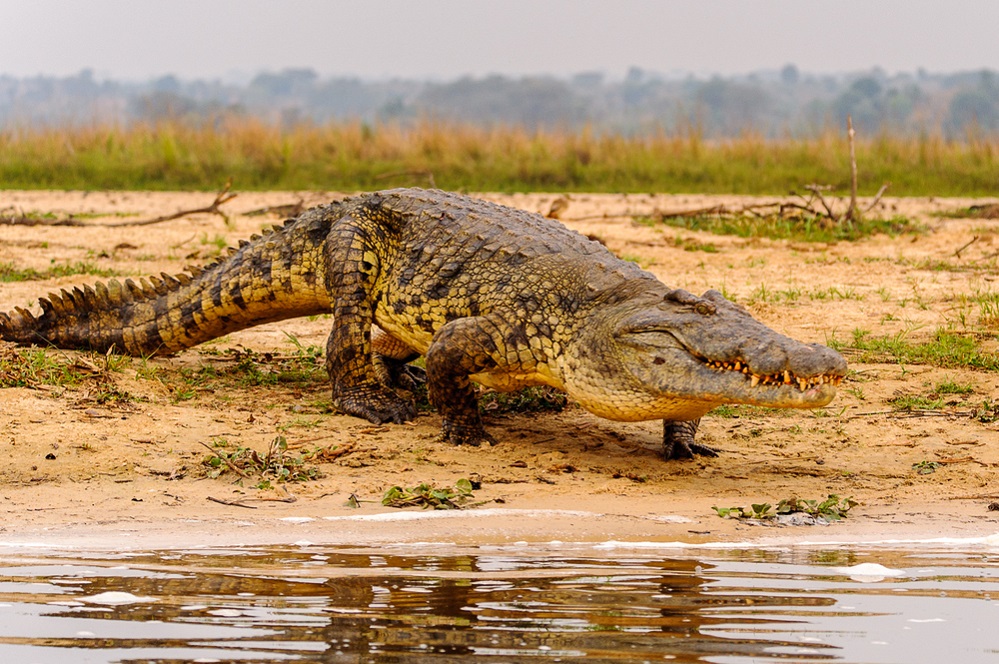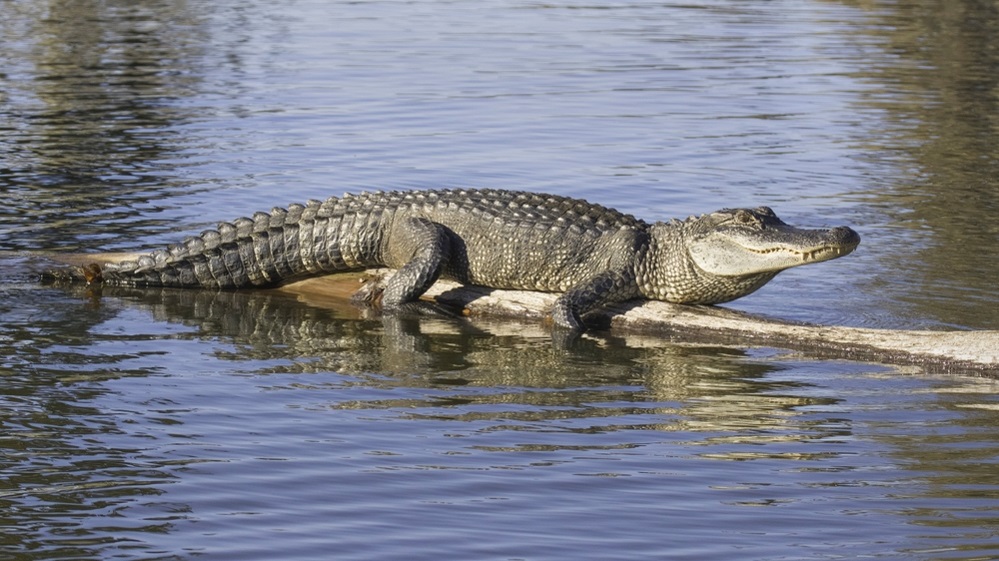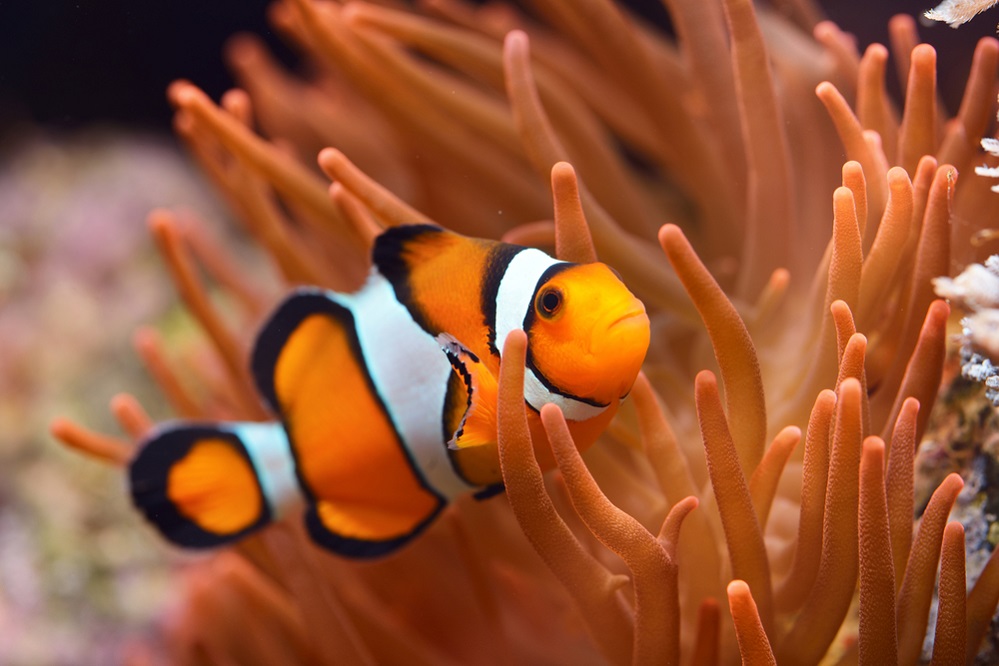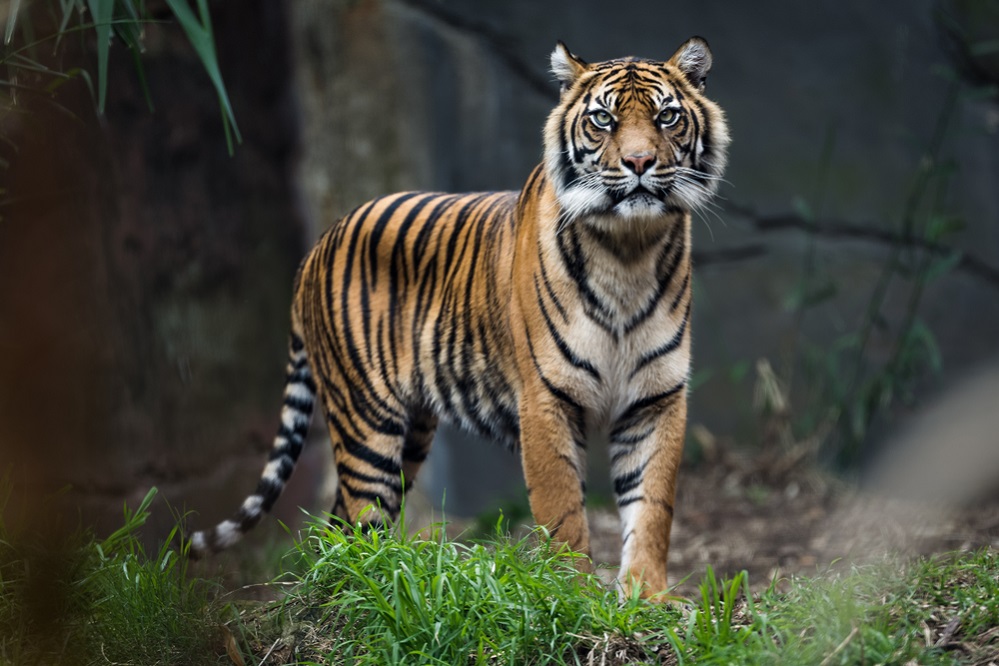The cheetah holds the esteemed title of the world’s fastest feline, embodying unparalleled speed and agility. Characterized by its sleek physique, distinctive spotted coat, and lightning-quick reflexes, the cheetah stands as a remarkable symbol of grace and power in the animal kingdom.
Beyond its impressive speed, cheetahs showcase remarkable nimbleness, executing sharp turns with precision during hunts. Unlike other big cats known for their thunderous roars, cheetahs emit a gentle purr, adding to their mystique.
The International Union for Conservation of Nature now categorizes them as vulnerable, with wild populations decreasing rapidly. With only a few thousand individuals left in the wild, urgent conservation efforts are imperative to safeguard their future.
In this article, we delve into the captivating realm of the cheetah, exploring its biology, behavior, ecological importance, and the formidable challenges it confronts in an ever-changing environment.
Origin and Evolution
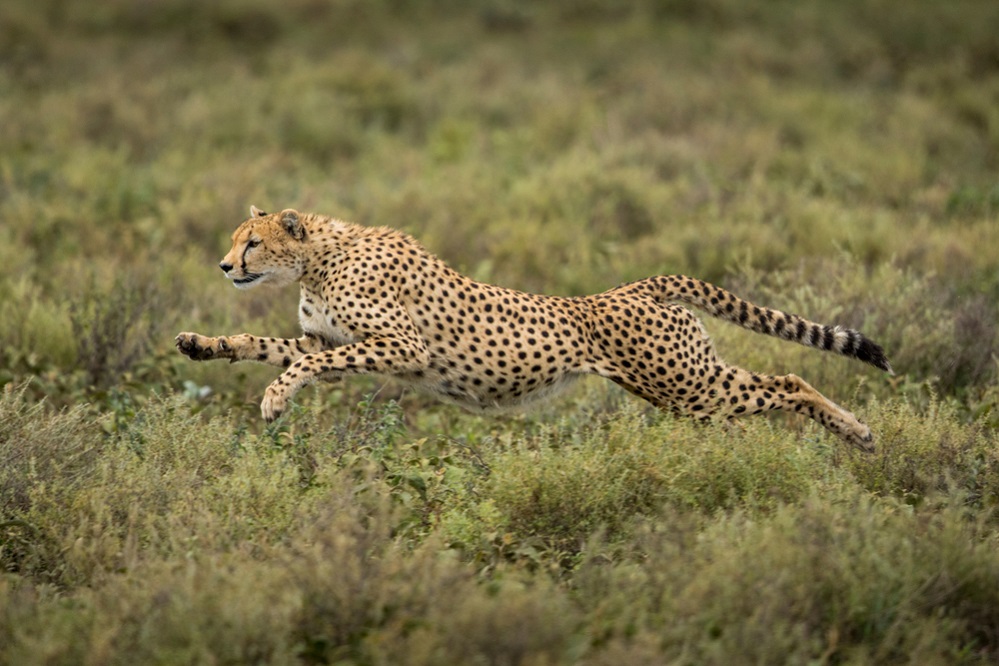
The ancient ancestors of present-day cheetahs can be traced back to the genus Acinonyx, which emerged roughly 4 to 5 million years ago during the Pliocene epoch. Based on fossil evidence, it’s suggested that these early cheetah-like cats roamed across North America, Europe, and Asia.
However, as time progressed, the cheetah’s habitat range gradually shrank, eventually becoming confined to Africa and some parts of Asia, notably central Iran and Africa. Presently, cheetahs are primarily found in central, eastern, and southern Africa, with a small population residing in Iran.
The modern cheetah species, known scientifically as Acinonyx jubatus, likely emerged about 1.9 million years ago during the Pleistocene epoch. However, genetic research has uncovered a genetic bottleneck roughly 10,000 to 12,000 years ago.
This bottleneck, thought to have been triggered by various factors including climate change, habitat degradation, and human hunting, resulted in a significant reduction in genetic diversity among cheetah populations.
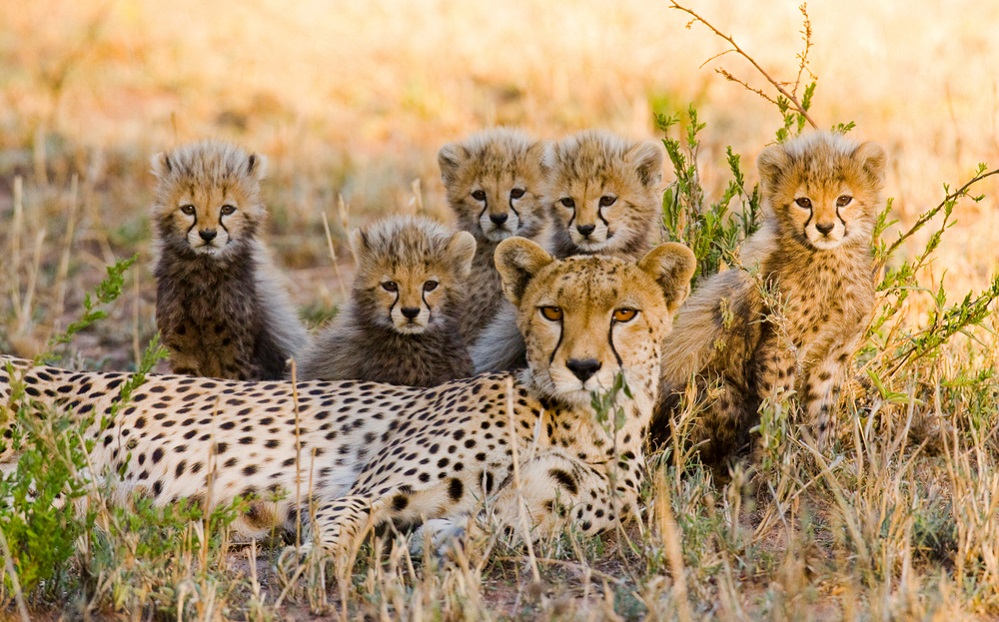
This reduction in genetic diversity presents significant challenges for conservation efforts, as it limits the species’ ability to adapt to changing environments and increases the risk of extinction. Current estimates suggest that there may be as few as 7,000 cheetahs remaining in the wild.
Types of Cheetah
In 1975, there were five recognized subspecies of cheetahs. However, a phylogeographic study conducted in 2011 revealed minimal genetic variation between two of these subspecies. Consequently, in 2017, the Cat Classification Task Force of the IUCN Cat Specialist Group reassessed felid taxonomy and acknowledged only four of these subspecies as valid.
Asiatic Cheetah (A. J. Venaticus)
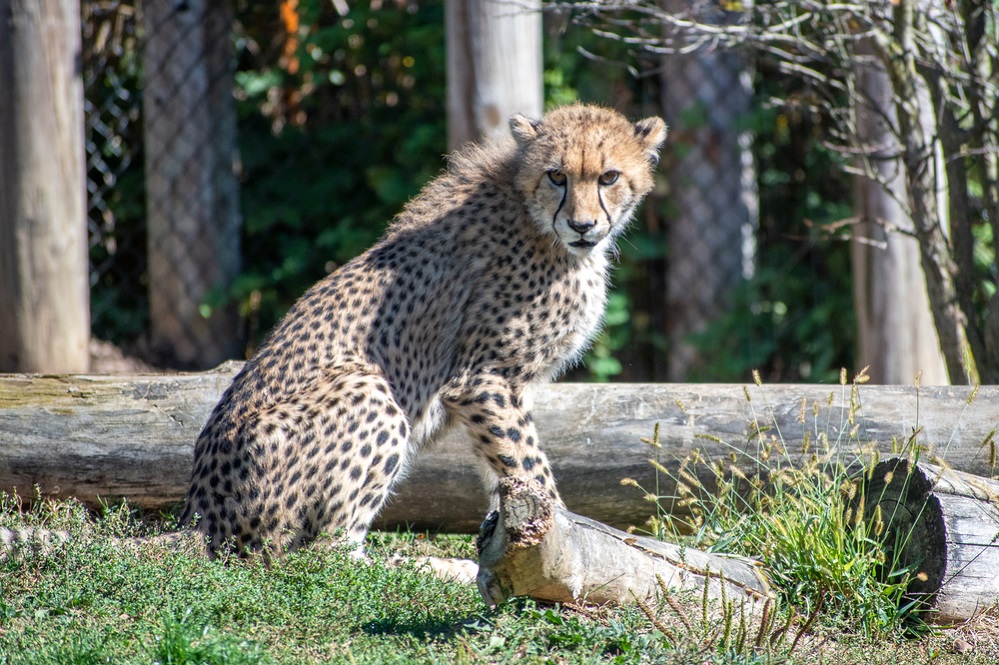
The Asiatic cheetah, scientifically known as Acinonyx jubatus venaticus, represents a distinct subspecies of cheetah found exclusively in Asia. Commonly referred to as the Iranian cheetah or the Persian cheetah, this particular subspecies is native to the central regions of Iran.
Regrettably, it stands as one of the planet’s scarcest and most critically endangered large felines. As of 2022, conservation efforts have estimated that merely 12 individuals remain in Iran, comprising nine males and three females.
Southeast African Cheetah (A. J. Jubatus)
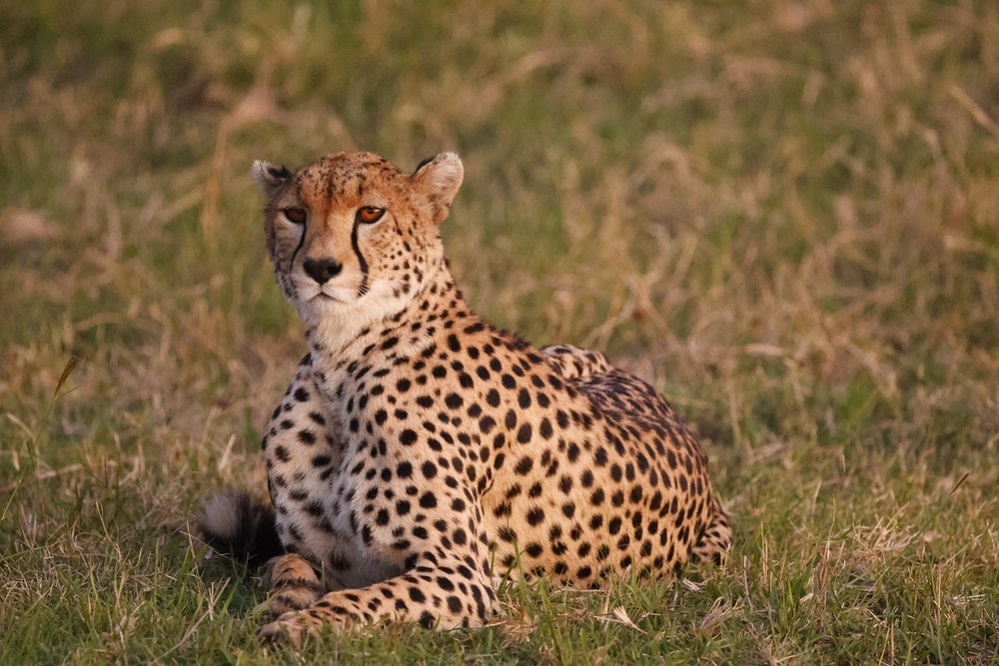
The Southeast African cheetah, scientifically known as Acinonyx jubatus jubatus, represents a distinct subspecies of cheetah indigenous to the southeastern region of Africa. Often simply referred to as the African cheetah, this subspecies genetically diverged from the Asiatic cheetah approximately 67,000 years ago.
As of 2016, the largest population of Southeast African cheetahs, comprising nearly 4,000 individuals, is thinly distributed across countries such as Angola, Zambia, Mozambique, Namibia, Botswana, and South Africa.
Recent studies have revealed minimal genetic distinctions between the South African cheetah (Acinonyx jubatus jubatus) and the East African cheetah (Acinonyx jubatus fearsoni). Consequently, these two subspecies were merged, and they are now collectively recognized as the Southeast African Cheetah.
Northeast African Cheetah (A. J. Soemmeringii)
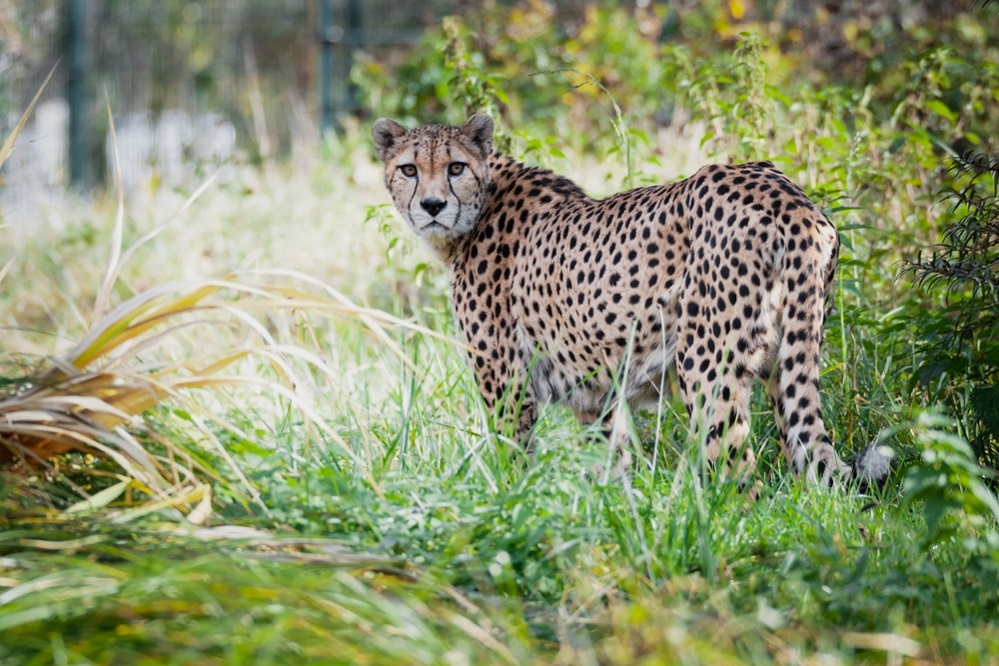
The Northeast African cheetah (Acinonyx jubatus soemmeringii) is often called the Somali cheetah or the East African cheetah. This subspecies is located in the northern areas of the Central African Republic, Chad, South Sudan, and Ethiopia.
In 2007, it was estimated that approximately 950 Northeast African cheetahs remained on Earth. By 2016, the largest known population numbered 238 individuals. Genetically, it diverged from the Southeast African cheetah around 72,000 years ago.
Northwest African Cheetah (A. J. Hecki)
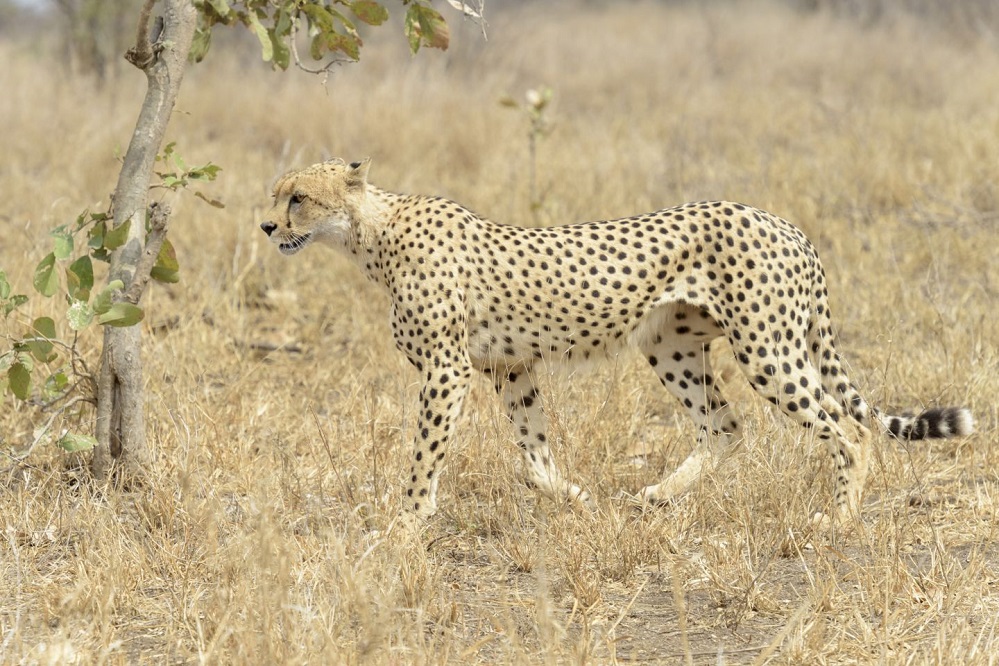
The Northwest African cheetah (Acinonyx jubatus hecki) is native to the northwestern region of Africa and is alternatively recognized as the Saharan cheetah or the West African cheetah. Its habitat primarily spans countries like Niger, Algeria, Mali, and Burkina Faso.
By 2008, the population of this subspecies had decreased to less than 250 individuals. However, as of 2016, the largest known population consisted of 191 individuals residing in south-central Algeria and northeastern Mali. Due to its critically low numbers, the Northwest African cheetah is classified as Critically Endangered on the IUCN Red List.
Physical Appearance of Cheetah
Cheetahs are renowned for their speed, thanks to their sleek and slender physique. They possess a long, lean body with well-defined muscles, specifically adapted for maximizing agility and acceleration during high-speed pursuits.

One of the most captivating aspects of the cheetah is its coat, which is adorned with distinctive black spots set against a tawny or golden background. These spots are not solid but instead form clusters and rings, adding to the cheetah’s unique appearance.
The facial features of cheetahs are also distinctive, characterized by a narrow muzzle, high-set eyes, and tear-like markings. These tear marks serve a functional purpose, helping to reduce glare from the sun, enhancing the cheetah’s visual acuity during hunts. Additionally, cheetahs have small, rounded ears compared to other large cats.
Unlike their counterparts, cheetahs possess semi-retractable claws, providing them with enhanced traction while running at high speeds. In terms of size, cheetahs are smaller than other big cats such as lions, tigers, and jaguars.
On average, male cheetahs typically weigh between 110 to 140 pounds, while females are slightly lighter, weighing between 80 to 110 pounds. Standing at the shoulder, cheetahs measure approximately 28 to 36 inches tall and can reach lengths of 40 to 60 inches, with an additional 25 to 30 inches added by their tails.
Top Speed and Acceleration
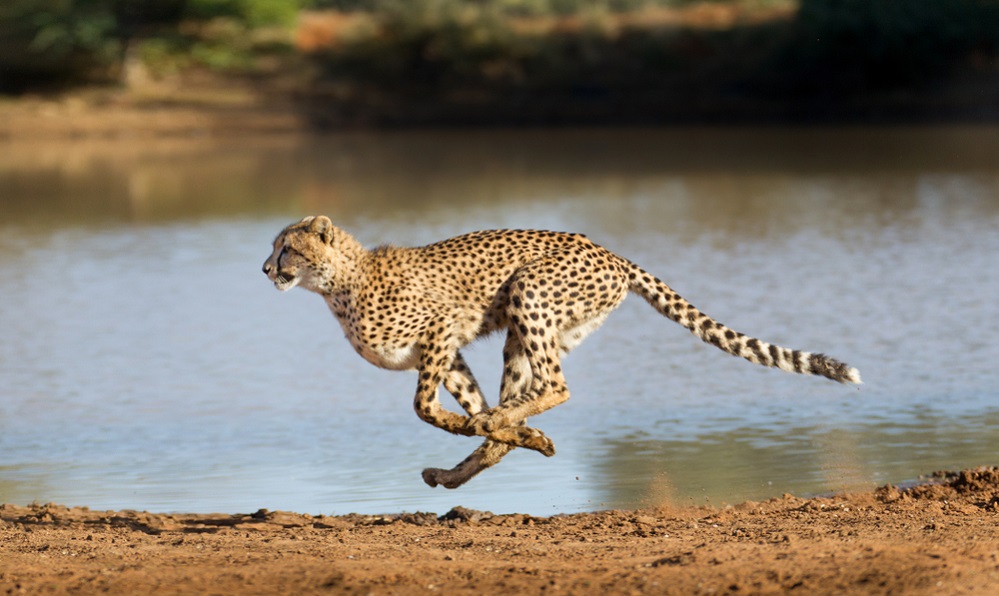
Although cheetahs are recognized for their extraordinary acceleration, they also possess the ability to maintain remarkable speeds over short distances. According to National Geographic, Cheetahs have the capability to attain speeds of up to 70 miles per hour, enabling them to cover distances of up to 500 meters in less than 30 seconds.
Furthermore, cheetahs demonstrate mastery in acceleration, swiftly reaching their peak speeds from a stationary position in just a few strides, accelerating from zero to 60 miles per hour in as little as 3 seconds.
13 Interesting Facts About Cheetah
- Typically, cheetahs spend approximately 12 hours a day sleeping.
- A cheetah chase is typically limited to distances of 200-300 meters and lasts less than a minute.
- Cheetahs are recognized as the fastest land animals, capable of reaching speeds of up to 70 miles per hour.
- They can accelerate from 0 to 60 miles per hour in a mere 3 seconds.
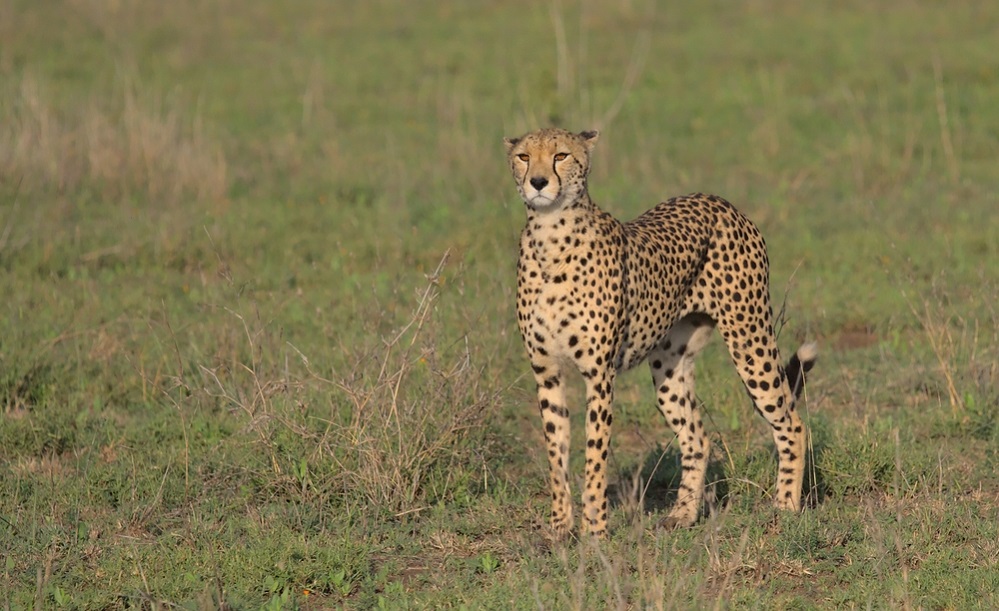
- Specialized claws that are partially retractable provide cheetahs with added traction when running at high speeds.
- Unlike other big cats known for their roars, cheetahs communicate through various vocalizations such as purrs and chirps.
- A staggering 90% of cheetah cubs do not survive their first few months of life.
- Cheetahs can give birth to litters ranging from one to eight cubs, with the average litter size being four.
- During a hunt, cheetahs can only sustain the chase for distances of 200 to 300 meters.
- The average lifespan of a cheetah ranges from 10 to 12 years.
- Cheetahs found in arid desert regions tend to have lighter fur and smaller spots, while those in South African grasslands are darker, slightly larger, and have larger spots.
- The name “cheetah” is believed to originate from the Hindu word “chita,” which means the “spotted one.”
- These predators typically hunt during the day to avoid competition from larger predators such as lions, hyenas, leopards and tigers.
Diet and Hunting
Cheetahs are carnivorous predators with specialized hunting techniques. Their diet mainly consists of freshly killed meat, focusing on medium-sized ungulates like gazelles, antelope, impalas, and springboks. Additionally, they feed on small mammals and birds.
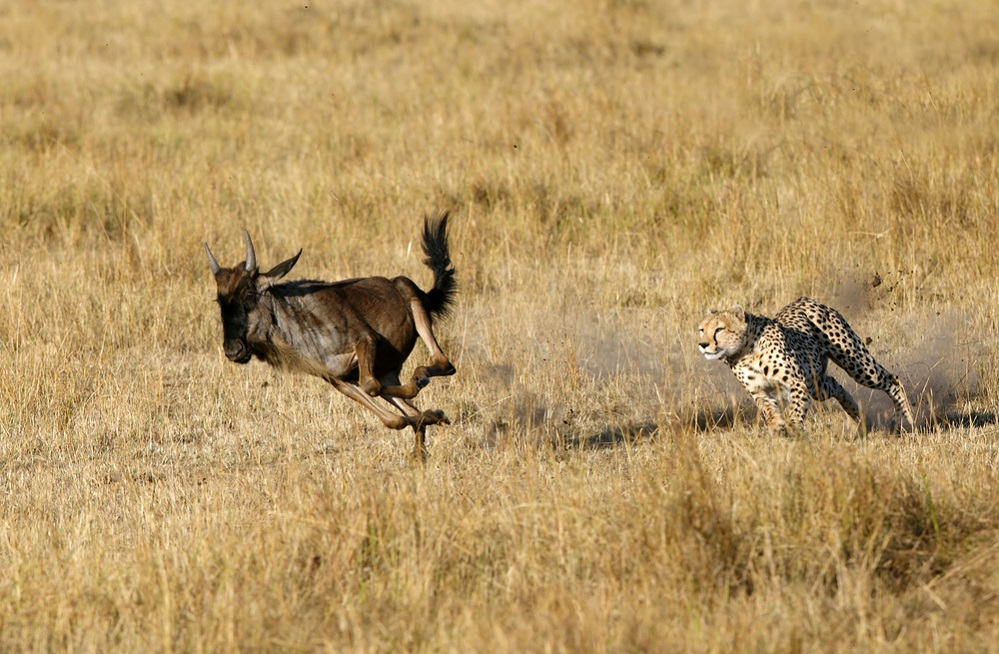
Unlike other large cats that employ stealth and ambush tactics, cheetahs rely on their remarkable speed and agility to chase prey over short distances. They utilize bursts of acceleration to quickly close the gap.
When hunting, cheetahs use a unique tripping mechanism, using their front paws to knock their prey’s legs out from under them, causing them to stumble and fall. This allows the cheetah to deliver a fatal bite to the throat or neck, swiftly dispatching the prey. Cheetahs rely heavily on their keen vision during hunts.
Despite their hunting prowess, cheetahs are also opportunistic feeders and will scavenge from carcasses when the opportunity arises. They may lose kills to larger predators like lions and hyenas. Cheetahs have a frequent need for water and often establish hunting territories near water sources.
Once they make a kill, cheetahs consume their prey rapidly to prevent scavengers from stealing it. They may relocate the carcass to a secluded area to feed without interruption.
Reproduction and Life Cycle
Cheetahs are typically solitary animals, but they come together for mating purposes. Female cheetahs indicate their readiness to mate by leaving scent marks and vocalizing to attract males. They typically engage in mating three to five times a day over a span of two to three days.
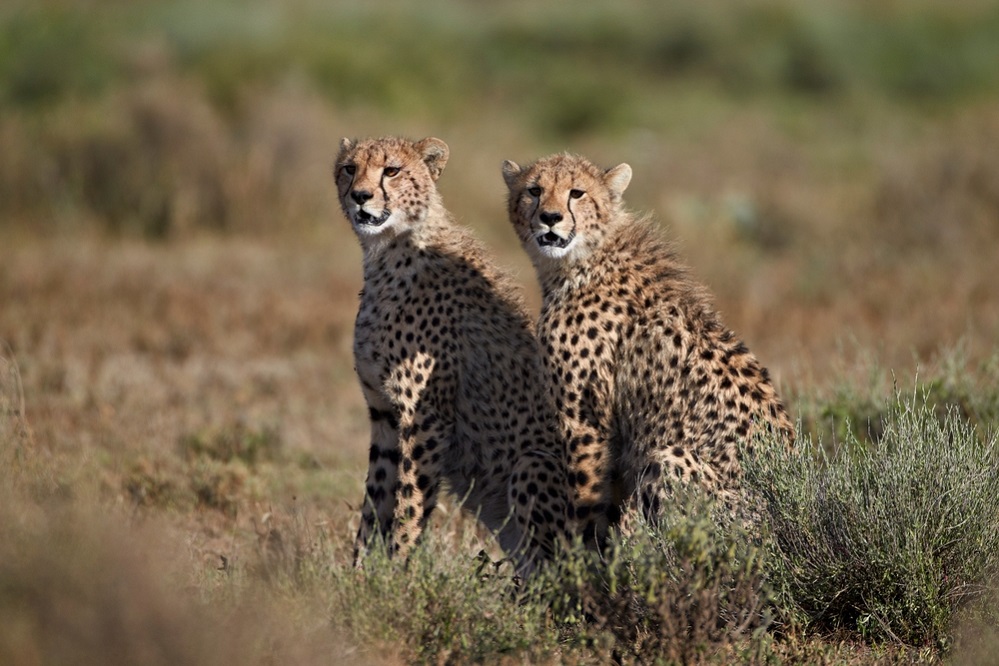
The gestation period for cheetahs typically spans around 90 to 95 days. During this time, the female prepares a den in a secluded area to give birth to her cubs. Cheetahs can give birth to litters ranging from one to eight cubs, although the average litter size is typically around three to five cubs.
It takes 17 to 20 months for a female cheetah to conceive again. Cheetah cubs are born blind and helpless, weighing around 5 to 10 ounces (140 to 280 grams) each. They are covered in a mantle of fur along their backs, called a mantle, which provides camouflage in their early weeks.
The mother hides her cubs in dens for the first few weeks of their lives to protect them from predators. Mother cheetahs move their cubs every five to six days to avoid them being taken by predators. At around six weeks old, the cubs begin to venture outside the den.
Cheetah cubs are weaned off their mother’s milk at around three to six months of age. By six to eight months old, the cubs start learning hunting skills from their mother. They become fully independent and leave their mother at around 18 to 24 months old.
Cheetahs reach sexual maturity at around 20 to 24 months old, although males may not establish territories and breed until they are older and stronger. Female cheetahs typically breed every one to two years. Unfortunately, up to 75% of cheetah cubs do not survive beyond three months due to predators.
Cheetah Habitat
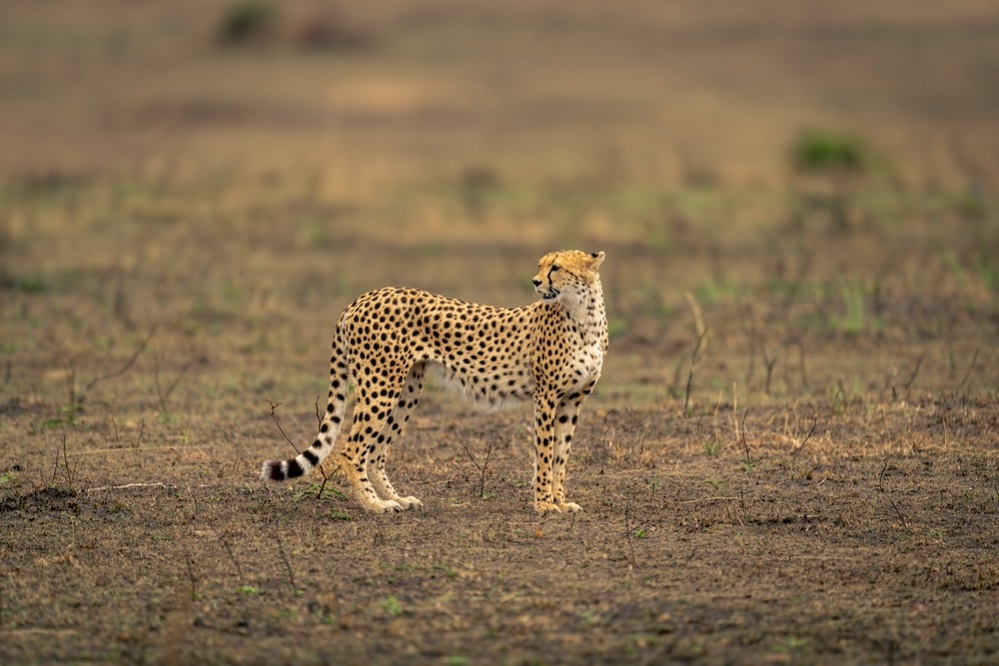
Cheetahs are highly suited to a variety of habitats, including open grasslands, savannas, and semi-arid plains. While they thrive in expansive, open areas, they also occupy regions with sparse vegetation, like scrublands and deserts.
These adaptable predators are frequently encountered in semi-arid zones characterized by seasonal rainfall patterns. Their presence in these habitats is closely tied to the availability of prey species. Furthermore, cheetahs require access to reliable water sources such as rivers and streams, emphasizing the significance of water availability in their chosen habitats.
These diverse landscapes provide the cheetahs with ample opportunities for hunting and resting while also catering to their need for space and resources.
Predators
Cheetahs face threats from various predators in their environment, including:
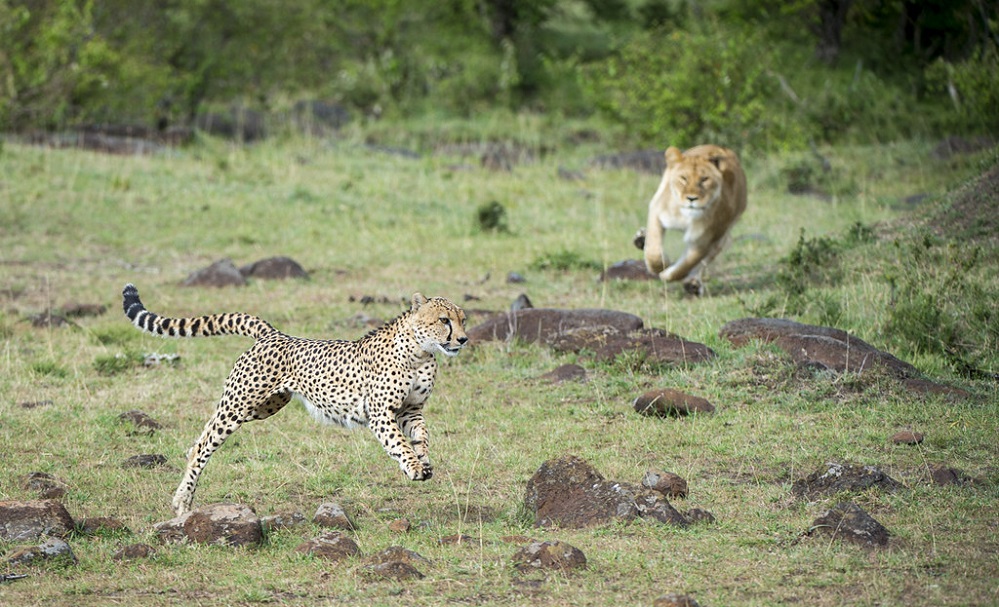
Lions are significant predators of cheetahs, often usurping their kills and occasionally preying on cheetah cubs. Due to their larger size and strength, lions pose a considerable threat to cheetahs.
Hyenas, while primarily scavengers, are also skilled hunters and compete with cheetahs for prey. They frequently harass cheetahs and may steal their kills, sometimes even killing alone or outnumbered cheetahs.
Leopards may target cheetah cubs or weakened adult cheetahs.
Large birds of prey such as eagles and vultures may occasionally attack cheetah cubs or smaller individuals.
African wild dogs, known for their exceptional hunting skills, pose a threat to cheetahs, especially when hunting in groups.
Interaction With Humans
Cheetahs have a complex relationship with humans, influenced by various factors:
Threats

Human activities such as agriculture, urbanization, and infrastructure development pose significant threats to cheetahs by causing habitat loss and fragmentation, limiting their roaming and hunting areas.
Poachers target cheetahs for their valuable skins, which fetch high prices in the illegal wildlife trade.
Furthermore, cheetah cubs are often captured for the exotic pet trade.
Additionally, cheetahs face the threat of being hunted for sport or killed by landowners and gamekeepers who view them as threats to livestock or game animals.
Relationship
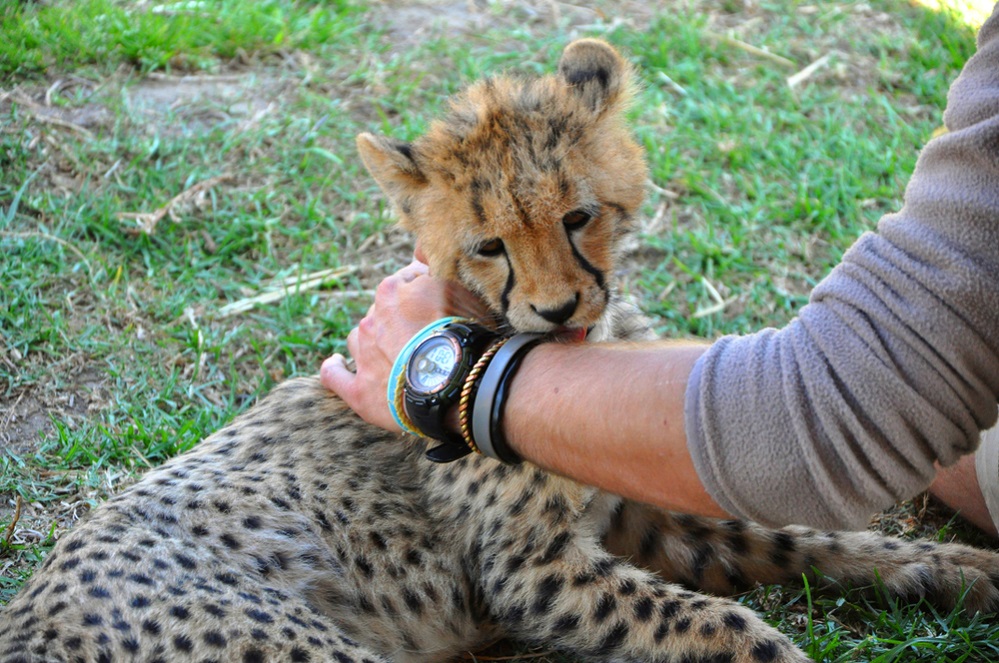
Despite to their formidable appearance, cheetahs have a long history of domestication by local communities spanning thousands of years. They were often employed to assist in hunting for food and even kept as pets. This practice dates back to ancient times, including the era of Ancient Egypt. Cheetahs are relatively easy to tame as they exhibit minimal aggression towards humans.
In Captivity
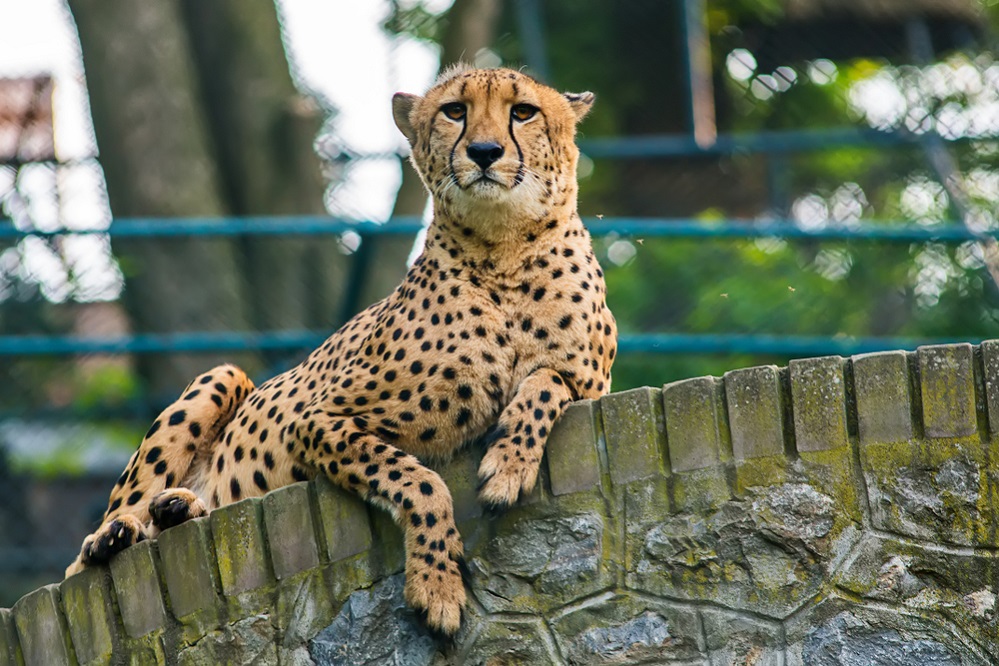
Cheetahs are commonly housed in various facilities such as zoos, wildlife reserves, and conservation centers, where they are provided with care and protection. The Zoological Society of London pioneered cheetah captivity by introducing one in 1829.
However, it took over 150 years before concerted efforts were made to establish breeding programs aimed at improving cheetah populations. Despite being kept in captivity for extended periods, cheetahs often fail to produce healthy offspring. Consequently, wild cheetahs were frequently captured to infuse new genetic diversity.
In captivity, cheetahs have the potential to live for 17 to 20 years. These facilities play a crucial role in education and awareness by offering educational presentations, guided tours, and interactive experiences focused on cheetah conservation.
Scientific Classification of Cheetah
Kingdom
Animalia
Phylum
Chordata
Class
Mammalia
Order
Carnivora
Family
Felidae
Genus
Acinonyx
Species
Acinonyx jubatus
Conservation Status
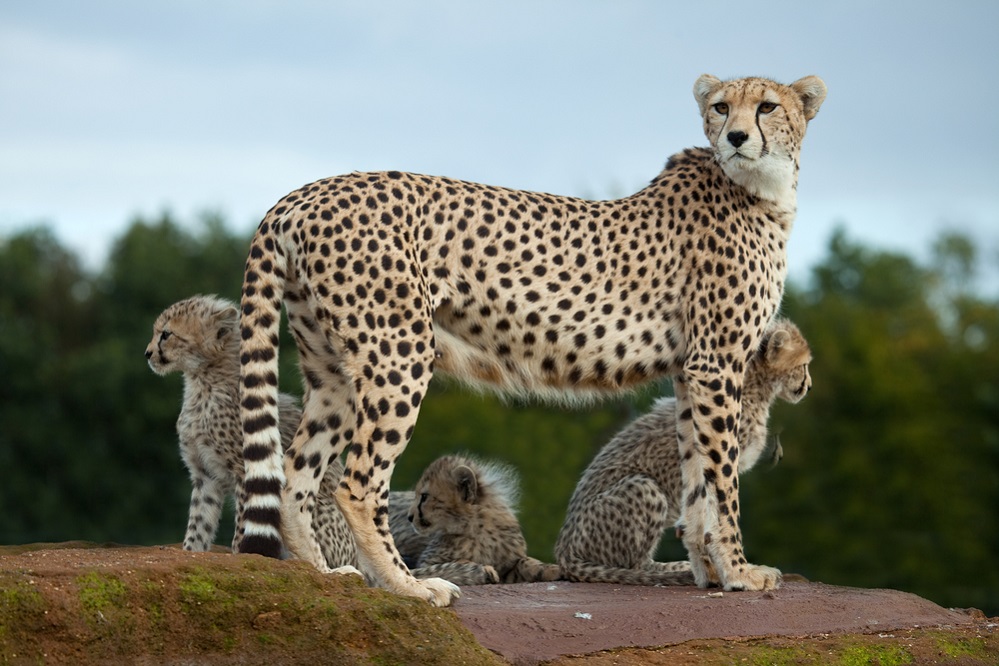
The conservation status of cheetahs is a matter of grave concern, as they are currently labeled as “Vulnerable” on the International Union for Conservation of Nature (IUCN) Red List of Threatened Species.
This classification indicates a significant decline in cheetah populations, posing a substantial risk of extinction in their natural habitats if current trends persist.
Additionally, under the Endangered Species Act, cheetahs are classified as endangered. Notably, in 2022, eight cheetahs were reintroduced into India’s Kuno National Park as an attempt to explore the species’ adaptability to a new environment. Conservation efforts are underway in both Africa and Asia to bolster cheetah populations.
Presently, it’s estimated that approximately 7,000 cheetahs remain in the wild, with a growing number being housed in zoos and conservation institutes.
FAQs
What is a cheetah?
A cheetah is a large felid known for its incredible speed and distinctive spotted coat.
What Is a Group of Cheetahs Called?
A group of cheetahs is called a coalition.
Are Cheetahs herbivores, carnivores, or omnivores?
Cheetahs are carnivorous predators, indicating they consume other animals for sustenance.
What is the scientific name for the Cheetah?
The scientific name for the Cheetah is Acinonyx jubatus.
Do Cheetahs climb trees?
While cheetahs are capable of climbing trees, they do not do so frequently like other big cats such as leopards or jaguars.
What is the average lifespan of cheetahs in their natural habitat and in captivity?
Cheetahs typically live for about 10 to 12 years in the wild, while in captivity, they may live longer, often reaching ages of 17 to 20 years with proper care.
How many cheetah subspecies are there?
There are currently four recognized subspecies of cheetahs.
How many cheetahs are left in the wild?
It is estimated that there are around 7,000 cheetahs left in the wild.
Do cheetahs have a specialized hunting technique?
Yes, cheetahs use a unique hunting technique known as “stalk and chase,” where they stealthily approach their prey before launching into a high-speed chase.
Can cheetahs be kept as pets in United States?
No, it is illegal to keep a cheetah as a pet in the United States.
Final Words
As the swiftest land animal on Earth, the cheetah captivates us with its sleek physique, distinctive markings, and remarkable agility. Yet, beneath its impressive athleticism lies a species under significant threat in the wild.
Among all the large cats globally, the cheetah stands as the most susceptible and vulnerable to extinction. With only approximately 7,000 individuals remaining in the wild, urgent action is required to safeguard their future.
Conservation initiatives, both within Africa and on a global scale, are dedicated to the protection and preservation of these magnificent creatures. Together, we must collaborate to ensure a future where cheetahs can continue to freely roam the vast savannas and grasslands of Africa.



